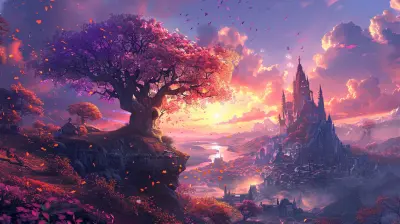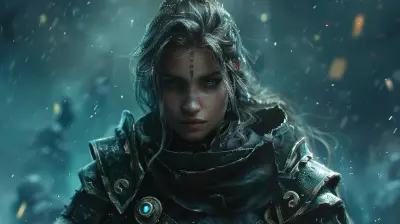How Cultural Influences Shape Game Environments
8 September 2025
Let’s face it — games aren't just fun distractions from daily life. They're reflections of our world, imagination, and, most importantly, our cultures. From neon-lit Tokyo alleyways to mystical Norse realms, game environments mirror the values, aesthetics, and stories rooted in real-world societies. But have you ever stopped mid-battle, stared at the scenery, and thought, “Why does this place feel oddly familiar?” That’s cultural influence doing its magic behind the scenes.
In this article, we're diving deep into how culture shapes the virtual worlds we spend so many hours in. And no, we're not just talking about folklore and architecture — we're touching on belief systems, traditions, social norms, and even languages that developers subtly (and not-so-subtly) weave into the fabric of their games.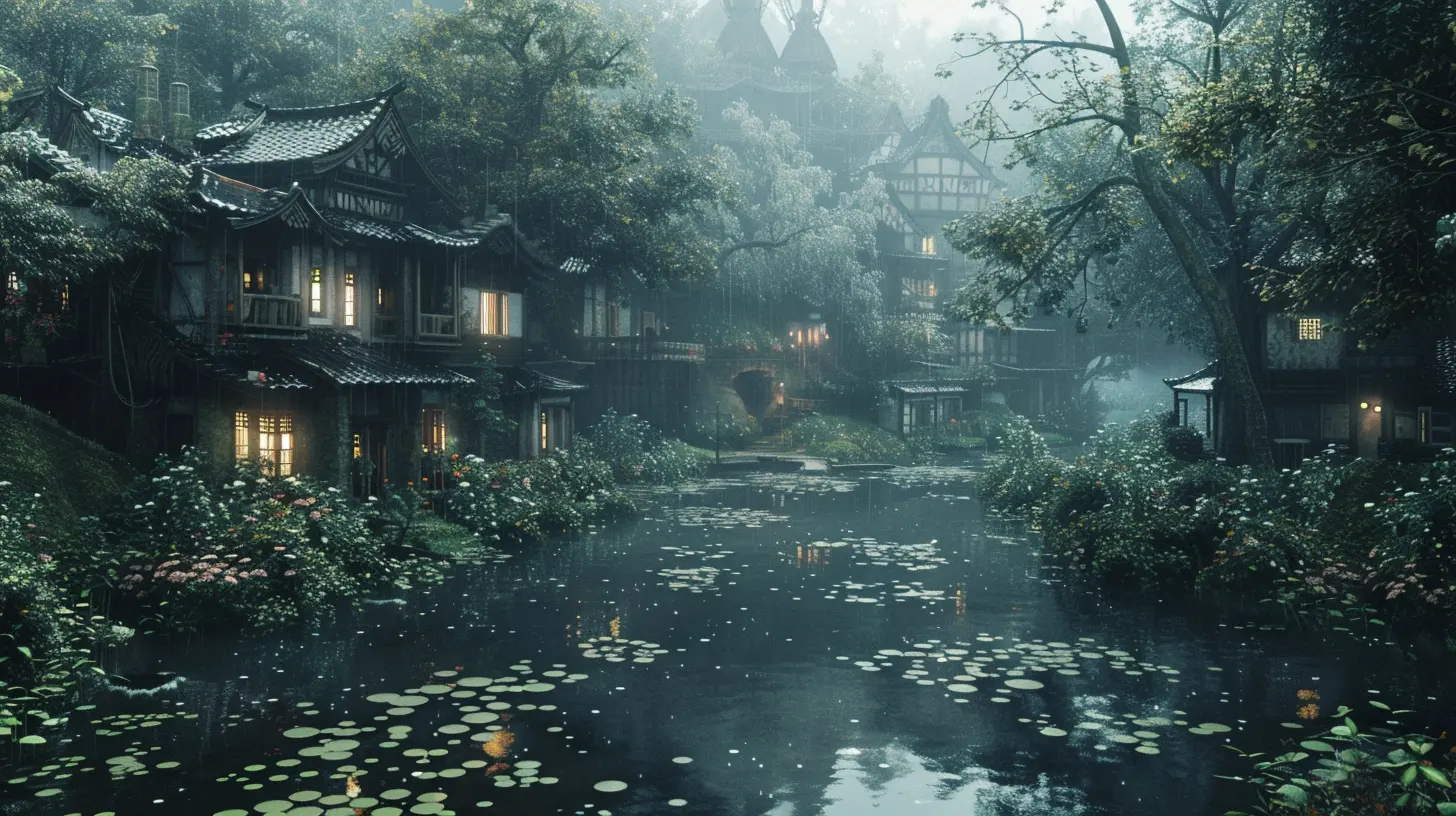
The Power of Culture: More Than Just a Visual Vibe
Think of culture as the soul of a game environment. It’s not just about what you see; it’s about what you feel when you're walking through a virtual bazaar, hearing unfamiliar music, or interacting with characters shaped by societal norms you might not be used to.From Background Noise to Center Stage
Cultural references in games used to be background noise. These days? They're front and center. Game environments have evolved from static backdrops to living, breathing worlds deeply influenced by the histories and identities of real people.Consider how Assassin’s Creed transports players through history, replicating cultural moments with jaw-dropping detail. Or how Okami integrates traditional Japanese art and Shinto mythology into every brushstroke and boss battle. These aren’t just stories — they’re cultural legacies made interactive.
Localization vs. Culturalization: Not the Same Game
Let’s get nerdy for a sec. A lot of folks think translating a game’s language is enough to adapt it for a new audience. Uh-uh. That’s just localization.Localization: The Surface Layer
This is about switching the language, adjusting currency symbols, and maybe tweaking a joke or reference so it makes sense.Culturalization: The Deep Dive
This? This is where things really get interesting. Culturalization goes a step further — it tweaks themes, symbols, gameplay mechanics, and even storylines to make the game “feel right” to a different cultural audience.Ever wonder why certain games look different in China than in the West? Developers change aspects like religious symbols, political references, and even character clothing to align with local sensibilities. That’s culturalization in action.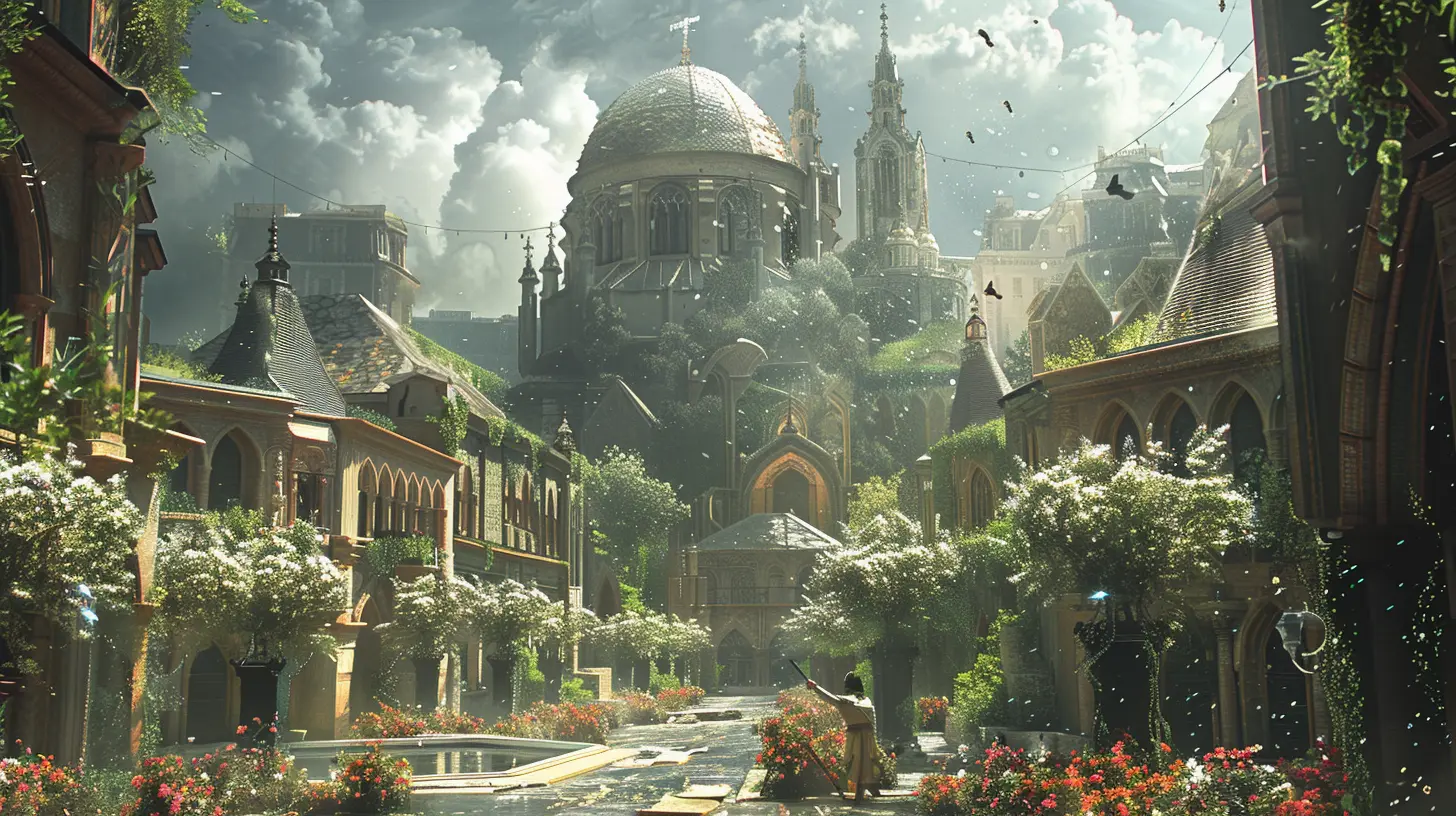
Real-World Examples Where Culture Shaped the Game World
Let’s break down a few iconic games where cultural influence didn’t just shape the scene — it stole the show.1. Ghost of Tsushima – A Love Letter to Samurai Culture
Set in feudal Japan, this game is soaked in Japanese cultural elements. From tea ceremonies to the concept of “bushido” (the samurai code), everything screams authenticity. The developers actually worked with Japanese historians to nail the vibe.What’s really cool? Even the wind acts as a wayfinder instead of a traditional compass. That’s not just clever game design — it reflects Eastern philosophies of harmony with nature.
2. The Witcher Series – Slavic Folklore Come to Life
While many fantasy games lean hard on Tolkien-like medieval Europe, The Witcher said, “Hold my mead.” Based heavily on Eastern European mythology, it features creatures, legends, and moral complexities native to Slavic culture.It’s gritty, grey, and layered — just like the folklore that inspired it.
3. Never Alone (Kisima Inŋitchuŋa) – Indigenous Voices in Gaming
This indie gem is based on Alaska Native stories and was made in collaboration with the Iñupiat people. It’s more than gameplay; it’s a cultural education tucked inside a beautifully crafted platformer.Instead of an outsider peeking into a culture, this game gives the cultural insiders the design tools — and lets them do the storytelling.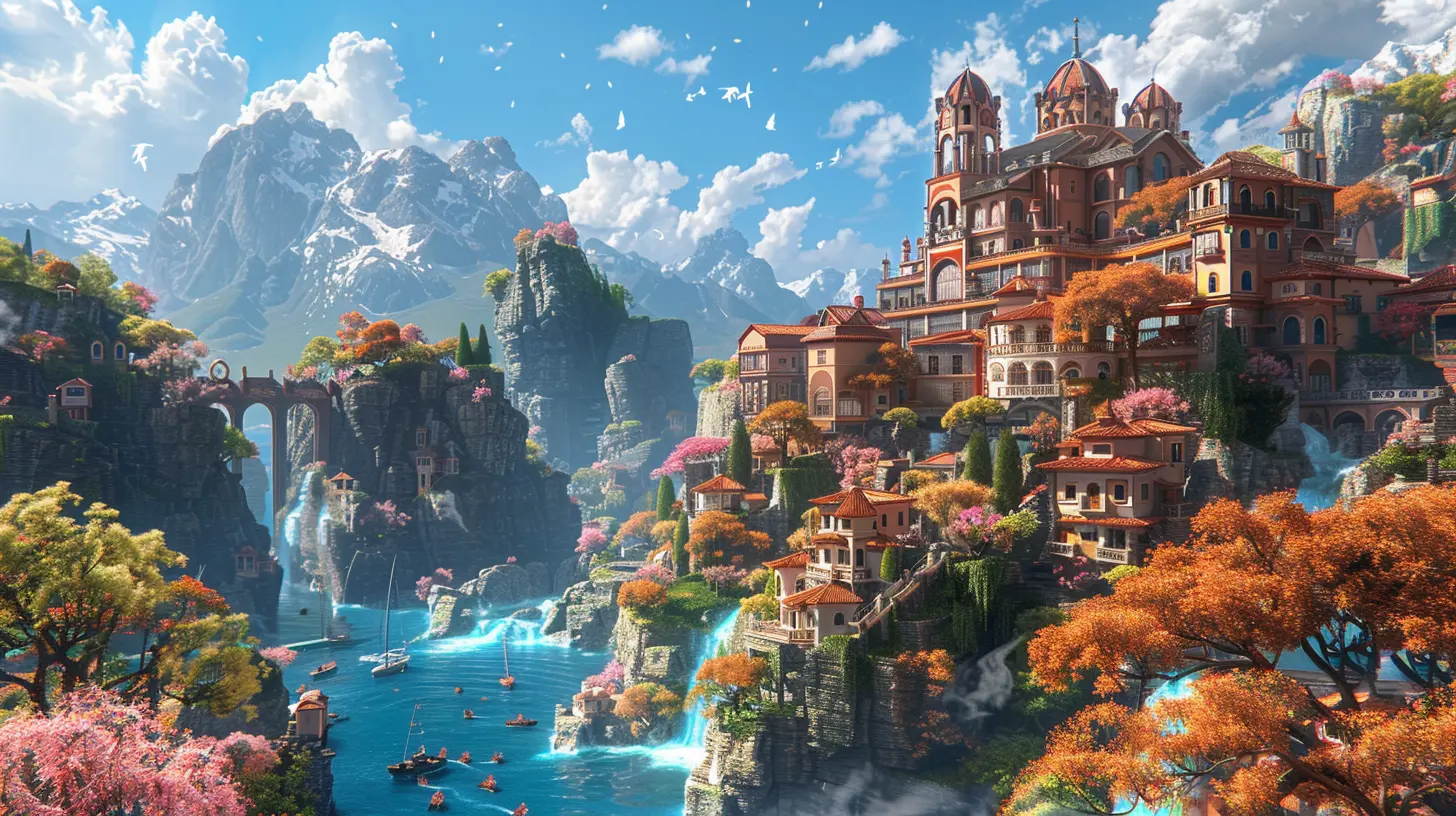
The Influence of Mythology and Religion
Religion and mythology are some of the richest sources of cultural inspiration for game environments. They shape everything from level design to enemy types, even the "rules" that govern in-game worlds.Norse & Greek Mythology: Game Industry’s Favorite Toybox
God of War is the poster child here. From Greek gods to Norse legends, the game mixes intense action with deep mythological lore. Every ruined temple and snow-capped mountain isn’t just decoration — it’s part of a larger belief system.These mythological elements give the game depth and a sense of gravitas... it's like gaming meets religious studies class, but way cooler.
Eastern Spirituality: Zen Meets Mechanics
Games like Journey or Shadow of the Colossus aren’t just about puzzles or fighting giant monsters. They're deeply spiritual experiences that tap into concepts like karma, enlightenment, and balance — key ideas in Buddhism and Taoism.They don’t spoon-feed you lore. They let the environment speak.
Cultural Identity and Diversity in Game Design
So far, we’ve been talking a lot about how developers borrow and adapt cultures. But let’s flip the lens. What happens when designers bring their own cultural identities into the spotlight?Representation on Both Sides of the Screen
As more diverse voices enter the gaming industry, we’re seeing more authentic worlds. Think of games like Raji: An Ancient Epic, developed in India. It draws from Hindu mythology, architecture, and storytelling techniques that Western developers often wouldn’t think to use.It’s not just a different setting — it’s a different way of thinking about narrative, progression, and even morality.
This shift is crucial. When cultures are represented by people who live them, games stop being exoticized snapshots and start becoming rich, relatable worlds.
Risks of Cultural Misrepresentation
Alright, let’s get real for a moment. With great inspiration comes great responsibility. Pulling cultural elements into a game is powerful — but when done wrong, it's a PR disaster waiting to happen.Stereotyping and Tokenism
Too often, we see games reduce cultures to their most superficial traits: ninjas, sombreros, rain dances, you name it. It might seem harmless, but it reinforces harmful stereotypes and flattens entire communities into caricatures.The Fine Line Between Tribute and Appropriation
Using another culture’s stories or symbols without context or consent? That's not cool. Cultural appropriation can turn what should have been a respectful nod into offensive content. It's like showing up to someone's house, putting your feet on the furniture, and calling it a compliment.That’s why collaboration matters. The best culturally-influenced games work with cultural consultants and communities instead of just Googling stuff and winging it.
How Players React to Cultural Touchstones
The wild thing? Players notice. Cultural detail isn’t just a developer’s secret sauce — it’s something gamers pick up on, talk about, and get passionate (or furious) over. That emotional connection is what turns good games into unforgettable ones.Finding Belonging
For some players, seeing their own heritage in a game is a form of validation. It’s like saying, “Hey, your story deserves to be told too.”Broadening Horizons
For others, exploring a foreign-feeling game world is an entry point to learning about new cultures. Games can break down cultural barriers better than most textbooks.The Future: Where Are We Headed?
With tech evolving and storytelling tools becoming more accessible, the future of culturally-rich game environments is seriously exciting.We’re starting to see:
- More indie developers from underrepresented regions
- AAA studios hiring cultural consultants
- Cross-cultural collaborations that break the “West vs East” mold
It’s like the gaming world is turning into a global village, and cultural diversity is the main attraction.
Wrapping It All Up
So, what have we learned here? Cultural influences don’t just shape game environments — they define them. They add flavor, depth, and soul to our digital adventures. They allow us to walk through imagined worlds that are still deeply rooted in real human experiences.Games are the perfect playground for culture to thrive. Whether it’s wandering through a mythical Scandinavian landscape, decoding ancient Incan puzzles, or sharing a fireside tale from the Iñupiat people, culture turns pixels into poetry.
Next time you’re immersed in your favorite game, take a second to soak in your surroundings. That scenery? That music? That NPC’s quirky tradition? It's all telling you something. Something deeply human.
And honestly, isn’t that what makes gaming so damn magical?
all images in this post were generated using AI tools
Category:
Game WorldsAuthor:

Leandro Banks
Discussion
rate this article
1 comments
Kade Weber
Absolutely loved this! Cultural influences make game worlds vibrant and unique—keep the creativity flowing!
September 10, 2025 at 3:01 AM

Leandro Banks
Thank you! I'm glad you enjoyed it. Cultural influences truly enrich game worlds and inspire creativity!
